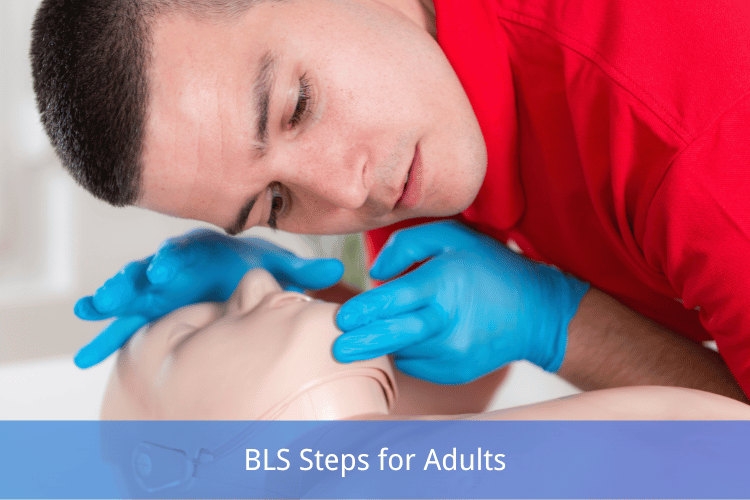
Basic life support (BLS) and cardiopulmonary resuscitation (CPR) are crucial life-saving techniques that can make the difference between life and death in emergencies. Though often associated with healthcare professionals, anyone can and should learn these essential skills. Knowing how to perform BLS can empower you to take immediate, effective action in critical situations, whether you're a parent, teacher, or a concerned bystander.
This guide will cover everything you need to know about BLS steps for adults, from the detailed procedure and the importance of AEDs to certification and staying updated on the latest techniques.
What is BLS, and Why is It Important?
BLS is a structured approach to managing life-threatening emergencies such as cardiac arrest, choking, or respiratory failure. It includes techniques like chest compressions, rescue breathing, and using an Automated External Defibrillator (AED). These methods are designed to maintain oxygenated blood flow to vital organs until professional medical help arrives.
Why Everyone Should Learn BLS
Emergencies can happen anywhere and to anyone. According to the American Heart Association (AHA), nearly 350,000 cardiac arrests occur outside hospitals in the U.S. annually. Every minute without intervention reduces a person’s survival chances by 7-10%. BLS equips individuals to respond effectively during these critical moments, bridging the gap until medical professionals arrive.
Key benefits of knowing BLS include:
- Confident Action: Training eliminates hesitation in emergencies.
- Improved Survival Odds: High-quality CPR can double or triple survival chances.
- Community Safety: More trained individuals mean safer communities.
Now, let's walk step-by-step through the BLS process.
Detailed Steps of Basic Life Support for Adults
BLS for adults follows a precise sequence to ensure the most effective response. These steps are based on widely accepted guidelines, such as the AHA's.
Step 1: Assess the Scene and Ensure Safety
Before helping, ensure the environment is safe for you and the victim. Look for risks like fires, traffic, or electrical hazards. You can’t help someone if you're injured too.
Step 2: Check for Responsiveness
Check if the person is conscious. Gently tap their shoulder and ask, "Are you okay?" Speak loudly and clearly. If there's no response, proceed to the next step.
Step 3: Call for Help and Emergency Services
Immediately call 911 or instruct someone nearby to do so. If available, request that they find an AED. Time is critical, so don't delay this step.
Step 4: Check for Breathing and Pulse
- Breathing: Look for chest movement, listen for breath sounds, and feel for airflow. If the person is not breathing or has agonal breathing (gasping), this indicates cardiac arrest.
- Pulse: Use two fingers to check for a pulse at the carotid artery (located on either side of the neck). Do not spend more than 10 seconds.
If no pulse is detected or if breathing is abnormal, begin CPR immediately.
Step 5: Begin Chest Compressions
Quality chest compressions are the foundation of effective CPR.
- Positioning: Kneel beside the victim, placing the heel of one hand on the center of the chest (between the nipples). Stack your other hand on top and interlock your fingers.
- Depth and Rate:
- Press at least 2 inches deep.
- Deliver 100-120 compressions per minute, maintaining a steady rhythm (many use the beat of Stayin' Alive by the Bee Gees).
- Full Recoil: Ensure the chest fully rises between compressions to maximize circulation.
Step 6 (Optional): Provide Rescue Breaths
If you're trained and willing:
- Open the airway by tilting the head back and lifting the chin.
- Pinch the nose, seal your mouth over theirs, and provide two breaths. Each breath should last about one second and cause the chest to rise visibly.
If you’re untrained or uncomfortable, stick to hands-only CPR (chest compressions only), which is still highly effective.
Step 7: Use an AED (If Available)
An AED can significantly increase survival chances:
- Turn it On: Follow the device's voice prompts.
- Apply Pads: Attach the adhesive pads (usually one on the upper right chest and the other on the lower left).
- Deliver Shock (if advised): Ensure no one touches the victim and press the shock button.
- Resume CPR immediately after.
Repeat cycles of compressions, breaths (if trained), and AED shocks until advanced help arrives or the victim shows signs of life.
Step 8: Monitor and Support
If the person regains consciousness, monitor their breathing and keep them comfortable. If they're breathing but unconscious, place them in the recovery position (on their side) to prevent airway obstruction.
How Does the Adult BLS Algorithm Work?
The BLS algorithm provides a systematic approach to handling cardiac emergencies. Here's an overview:
- Scene Safety → Ensure your safety first.
- Check Response → Confirm unconsciousness.
- Activate Help → Call 911 and retrieve an AED.
- Assess Breathing and Pulse → Quickly check for no longer than 10 seconds.
- Perform CPR → 30 compressions, and two rescue breaths (if trained).
- Integrate AED → Use as soon as available and follow its guidance.
This structured order minimizes delays and ensures every critical step is addressed.
What Role Does an AED Play in BLS?
An Automated External Defibrillator (AED) restores normal heart rhythm during life-threatening arrhythmias like ventricular fibrillation. Studies show using an AED within the first 3-5 minutes of cardiac arrest significantly increases survival.
How to Use an AED
- Turn the device on.
- Place pads as indicated on the diagrams.
- Wait for the AED to analyze the heart rhythm.
- Deliver a shock (if advised) and continue CPR immediately.
AEDs are designed to be user-friendly, so even individuals without training can benefit from the guidance provided by the device.
The Importance of BLS Certification
Why Get Certified?
BLS certification equips you with practical, hands-on skills, increasing your confidence and competence during emergencies. Certification is often required for healthcare workers and recommended for educators, public safety officials, and caregivers.
How to Get Certified?
Courses are available through organizations like the American Heart Association (AHA) and the American Red Cross. Most include interactive training, video demonstrations, and hands-on practice with CPR manikins and AEDs.
Many certifications are valid for two years, after which a renewal is needed.
Staying Updated with BLS and CPR Techniques
Importance of Regular Updates
BLS and CPR guidelines evolve based on emerging medical research. Staying up-to-date ensures you’re using the most effective techniques.
Resources for Learning
- Online Courses from the AHA, Red Cross, and other accredited platforms.
- Community Classes are often offered at local hospitals or fire departments.
- CPR Apps that provide tutorials and real-time guidance.
Renew your certification every two years to remain proficient.
Special Considerations in Adult BLS
- Age and Physical Size:
- Adjust chest compression depth and force for smaller adults without compromising effectiveness.
- Compression-Only CPR:
- Suitable for untrained individuals or during public health crises.
- Agonal Breathing:
- Do not confuse gasping for normal breathing; act immediately.
Team dynamics are also critical. If multiple rescuers are available, rotate every two minutes to prevent fatigue.
FAQs About Adult BLS
Q: What are the critical steps involved in the Adult BLS procedure?
A: The critical steps in the Adult BLS procedure include ensuring scene safety, assessing the patient's responsiveness, calling for emergency services (EMS), checking for breathing, opening the airway, and delivering chest compressions and rescue breaths if necessary.
Q: How do I assess a patient's condition during a BLS situation?
A: To assess a patient's condition, check for responsiveness by gently shaking the patient and shouting. If the patient is unresponsive, assess their breathing for 10 seconds. If they are not breathing or are breathing abnormally, initiate CPR.
Q: What is the role of rescue breaths in the Adult BLS steps?
A: Rescue breaths are crucial to cardiopulmonary resuscitation (CPR) when the patient is not breathing. The rescuer should give two rescue breaths after every 30 compressions, ensuring that the airway is open and that there is visible chest rise with each breath.
Q: How can I check for a pulse during the assessment phase?
A: To check for a pulse, locate the carotid artery on the side of the neck. Use two fingers to feel for a pulse for no longer than 10 seconds. If no pulse is detected, initiate CPR immediately.
Q: What should I do if I encounter a patient in shock?
A: If a patient is in shock, it is essential to maintain their warmth and comfort while awaiting emergency services. Position the patient flat on their back and elevate their legs if there are no injuries. Monitor their breathing and pulse until help arrives.
Q: How vital is comprehensive training in BLS for first responders?
A: Comprehensive BLS training is vital for first responders, as it equips them with the necessary skills and knowledge to perform life-saving techniques during emergencies. Proper training ensures practical assessment and execution of CPR steps, improving survival rates.
Q: What should I do if I am the only rescuer at the scene?
A: If you are the only rescuer, call for emergency services immediately before starting CPR. If alone, you should perform CPR for approximately two minutes before calling for help to maximize the patient's chances of survival.
Q: Can I use an automated external defibrillator (AED) for the BLS procedure?
A: An AED can be used as part of the BLS procedure. After calling EMS and beginning CPR, if an AED is available, turn it on and follow the audio and visual prompts. The device can provide critical shocks to restore a normal heart rhythm.
Q: How does the Red Cross support individuals in learning BLS techniques?
A: The Red Cross offers comprehensive BLS training programs that cover CPR steps, first aid procedures, and the use of AEDs. These courses provide hands-on experience and are vital for anyone looking to be prepared for emergency situations.
Conclusion
Mastering BLS steps for adults is not just a skill but a responsibility. These techniques empower you to act confidently in emergencies, saving lives when time is of the essence—every action matters, whether it’s through chest compressions, rescue breathing, or using an AED.
Consider enrolling in a certified BLS course, staying updated on guidelines, and practicing regularly. Being prepared when seconds count most could make the ultimate difference.


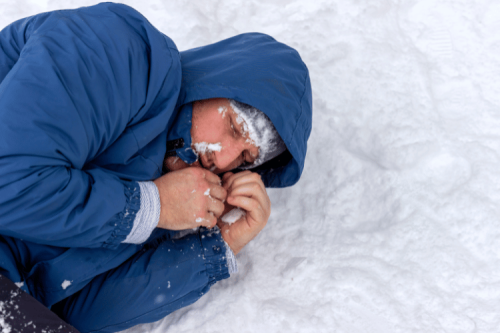
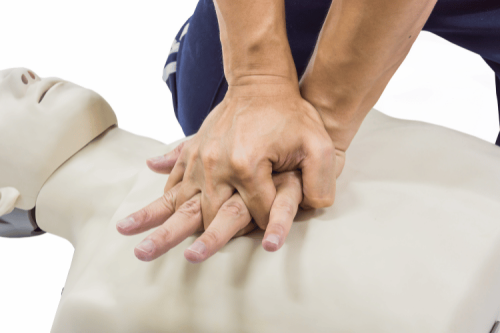

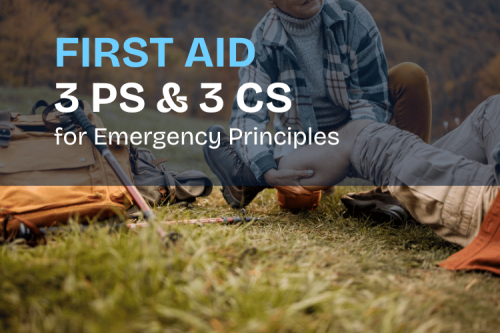
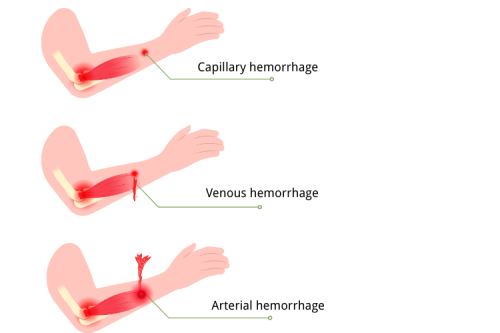
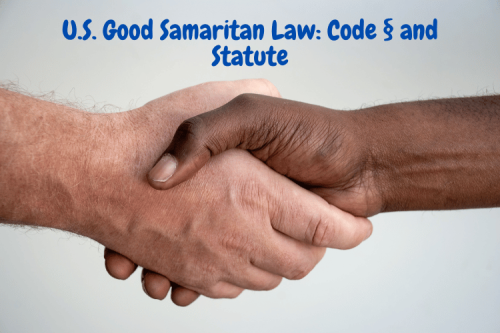
 Login with Google
Login with Google Login with Facebook
Login with Facebook